Armenia's failures under the guise of 'economic boom' - ANALYSIS
Despite desperate attempts to push the process of modernization of its industry, the situation in Armenia is not changing for the better. Even the Armenians themselves have no hope left. Although economic statistics show exaggerated growth, the reality is different. Even the attempts of the Armenian government to take advantage of this situation by attracting foreign companies to free economic zones (FEZs) have not been successful. State concessional loans intended for the modernization of enterprises are canceled in various directions, and at this point it is naive to hope for any outcomes.
Two years ago, in 2020, the Armenian Prime Minister, Nikol Pashinyan, who signed the capitulation document, wanted to carry out economic reforms in Armenia, but could not achieve his desire. Of course, the desire and intention of the Armenian Prime Minister could not be achieved, because there are no suitable conditions for reforms in Armenia. Due to its policy of occupation, Armenia's inability to integrate into the economic and infrastructure space of the region during the last 30 years was quite expected. The fact that Armenia, an occupying country, is not involved in the regional labor division system, lack of access to transport hubs and suitable energy sources, and difficult access to cheap raw materials and components for many decades does not even allow us to make optimistic forecasts for this country. The result, more precisely, the decrease in profitability, the decline is manifested in all areas, especially in the economy of Armenia.
The government of Armenia, as always and in every field, spreads false news about the development of its economy, and supposedly thanks to the radical changes they have made, positive statistical indicators have appeared in the country's economy. The reality shows the opposite of all this. First of all, the government of the occupying country did not make any notable changes to the region, definitely not "radical" ones. On the other hand, the major problems of Armenia have not been solved, nor have any options for their solution been thought of.
From that point of view, fake statistical indicators cannot help Armenia's economy in any way. No matter what fictitious, exaggerated figures are presented, it immediately becomes clear that it has nothing to do with reality. According to official statistics, an increase in economic activity was observed in Armenia in the three quarters of this year, the growth of exports and imports increased from 4.4% to 14.1% annually. But this indicator does not seem to correspond to any truth, because there are no conditions or opportunities for this in the occupying country, and even the simplest Armenian understands that these are false information, indicators that are far from the truth. This is because no significant changes have been observed in the economy of Armenia this year.
If some indicator is taken into account when conducting financial reporting in the occupied country, this does not mean economic activity at all, and the influence of certain external factors should be taken into account here. Such effects include an increase in donor aid from the European Union, a significant flow of tourists and remittances from Russia under sanctions, as well as an increase in trade with the Russian Federation, which does not mean economic activity in Armenia. Or, the increase in the supply of products from the agricultural industry in connection with the transformation of Armenia into a cargo transportation base for the re-export of foreign products is also clear, and it is inappropriate to talk about economic activity in this matter. Everyone knows why Armenia's exports increased by 63.8%, which got a chance to transport products and equipment to the Russian Federation by bypassing the sanctions imposed by the West. If we take into account the sad state of the agricultural sector of Armenia, we see that increasing the export of this country to the Russian Federation many times is certainly not convincing, because it is impossible. First of all, the agreement of France, especially the European Union countries, created a chance for Yerevan to violate the regime of international restrictions on trade with Moscow, and this can have a significant impact on the result, which cannot be called economic activity, it can be called use of an opportunity.
The increase in international donor aid may be reflected in some indicators, but everyone knows that it is not due to economic activity. Vardan Aramyan, former Minister of Finance of Armenia, international consultant on public finance management, also said this. "In the long run, Armenia's economy will not be able to develop stably without serious transformations, an increase in investment activity, and the growth of the export-oriented sector, and if the geopolitical situation changes, we risk being left with nothing," said Aramyan. He especially emphasized that if there is an increase in any statistical indicator in Armenia, these presented statistics are related to temporary factors related to the situation around Ukraine.
Armenians who also agree with Aramyan's opinion are right in this sense. Enough info has been written and is still being written about this issue in the Armenian press. It is repeatedly noted that in the months of January-September of this year, the service sector, trade sector, real estate sector, tourism and public catering make up the main share in the structure of GDP in Armenia. The point is that 46 percent of those who came to Armenia in the first 10 months of 2022, to be more precise, 1.4 million people, are citizens of the Russian Federation, who were mostly Russian citizens hiding from mobilization. The mass flow of foreigners, even Russian citizens hiding from mobilization, to Armenia could not pass without affecting the market of real estate and consumer goods, and it is unwise to exaggerate this in statistical indicators, because they do not at all indicate economic activity.
The most effective point is the rapid increase of foreign debt in Armenia, which causes considerable damage to the economy of the occupying country. In general, the official policy of Yerevan seems to be the policy of increasing foreign debts. During the government of Nikol Pashinyan, the national debt of Armenia increased by more than 45%, and today that number exceeds 9.97 billion dollars. Last year, in 2021, the national debt of Armenia increased by 1.3 billion dollars, and in the months of January-July 2022, it increased by 748.36 million dollars, and it is clear that this increase in debt continues in the following months. If it continues like this, there can be no doubt that by the end of this year, borrowing will surpass last year's indicator. So, recently loan agreements of 100 million euros and 100 million dollars were signed with the French Development Agency and the Asian Development Bank, respectively. Even the International Monetary Fund (IMF) is preparing to allocate 165.6 million dollars in loans to Armenia. At the same time, the payment of financial assistance tranches of the European Union, which reached a total of 2.6 billion euros, continues. These show that foreign borrowing in Armenia is growing at cosmic speed, and if there is economic activity, why such borrowings appear. It is clear that there is no economic activity, and yet Yerevan, especially Pashinyan's government, is trying to deceive everyone, without taking into account that no one with an idea of economics will buy into their lies.
The fact is that most of the external debt is directed to cover the budget deficit. In short, the debts are not directed to the financing of the real economy and have no effect on economic activity. The prospects of attracting foreign private investments to the industrial sector of Armenia are non-existent. A clear example of this is the almost complete failure of the Armenian government's efforts to create various types of free economic zones in the country. According to the Central Bank of Armenia, in 2020-2021, approximately 92.2% of the concessional state loans granted to businesses within the framework of the anti-crisis program were spent on the payment of salaries, utility costs, the purchase of raw materials and tax payments. More precisely, borrowed funds were practically not spent on the purchase of new equipment or expansion of production. In this case, what kind of economic activity can be encouraged? Or are there people who believe in the fiction of economic activity?
Currently, there are no investment prospects in the occupying country. Unsuccessful attempts to attract investors to Armenia are quite understandable in this sense. Only 16.2 million dollars have been invested in micro-projects in the two Free Economic Zones, "Alliance" and "Meridian", which were established ten years ago. This confirms that it was not possible to attract even one resident with serious industrial intentions. What kind of economic activity are we talking about then?
Bütün xəbərlər Facebook səhifəmizdə



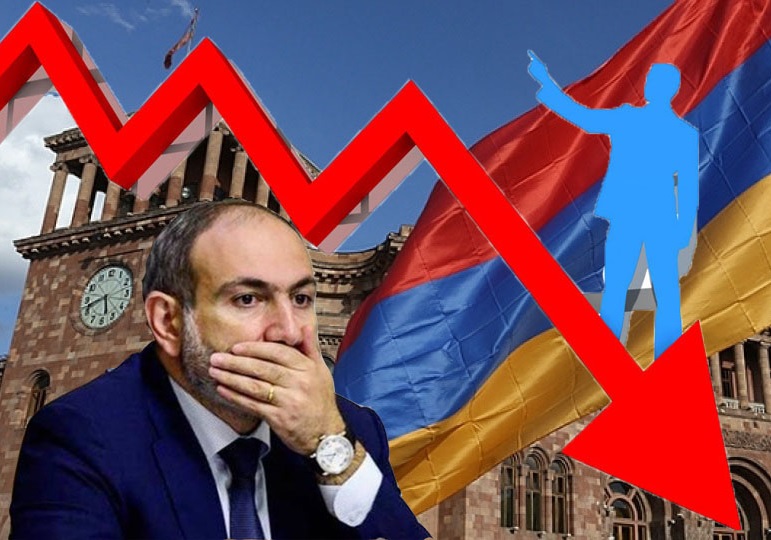


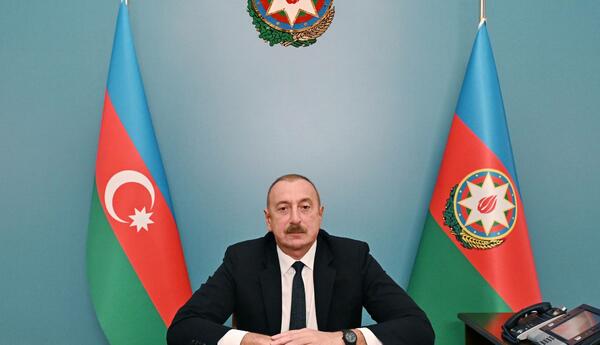
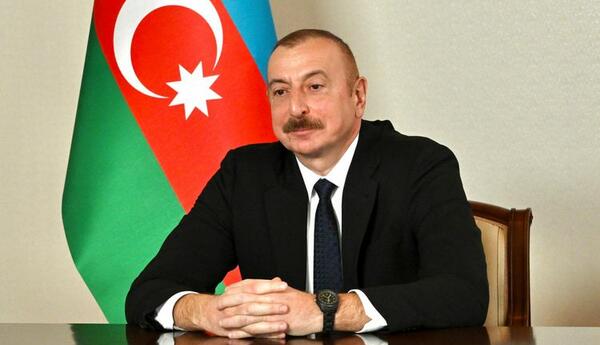
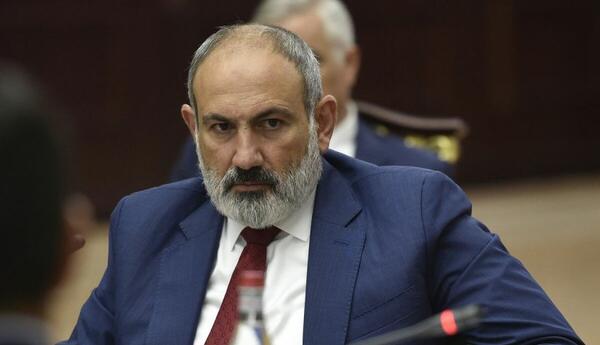

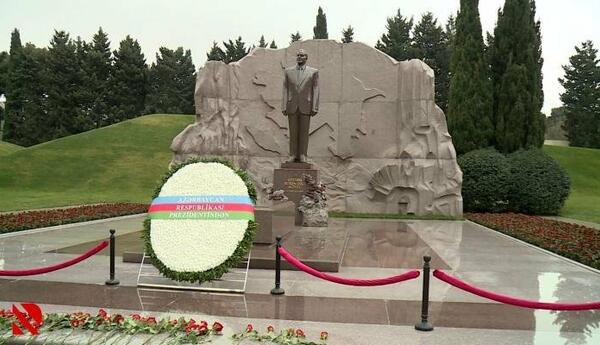
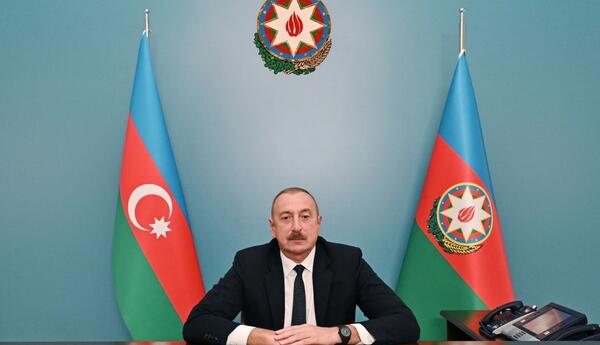
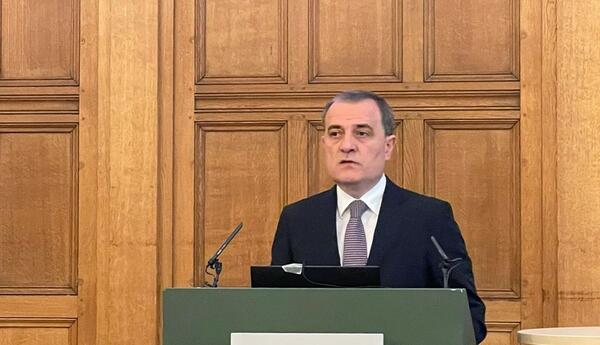
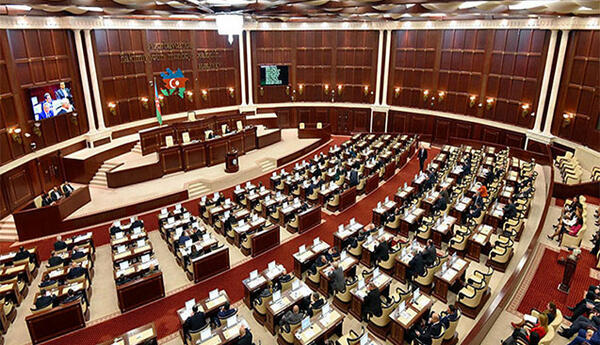
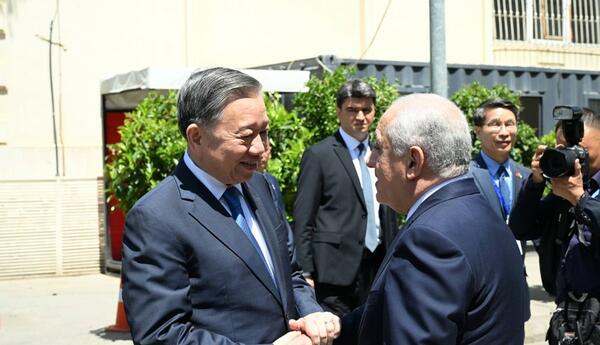
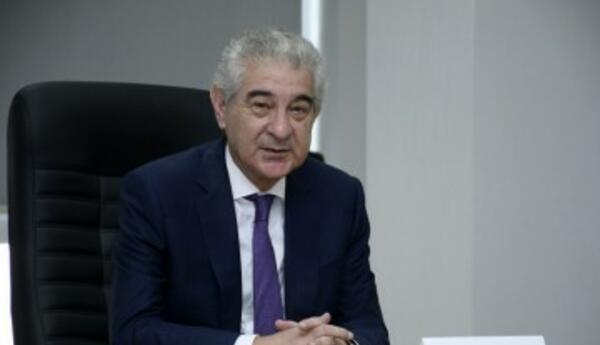
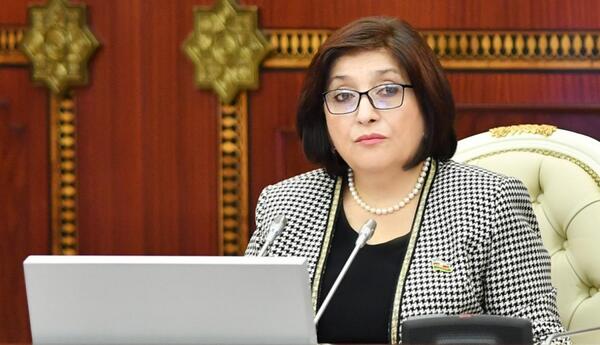




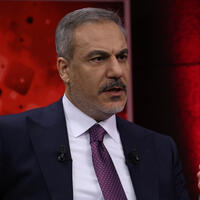

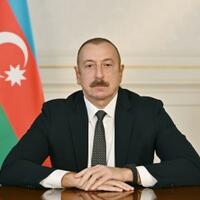


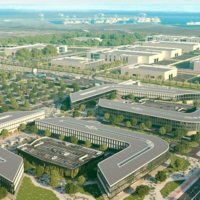

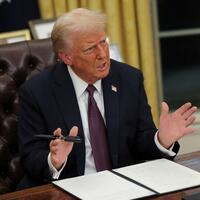
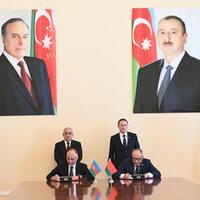

 USD
USD
 EUR
EUR GBP
GBP RUB
RUB